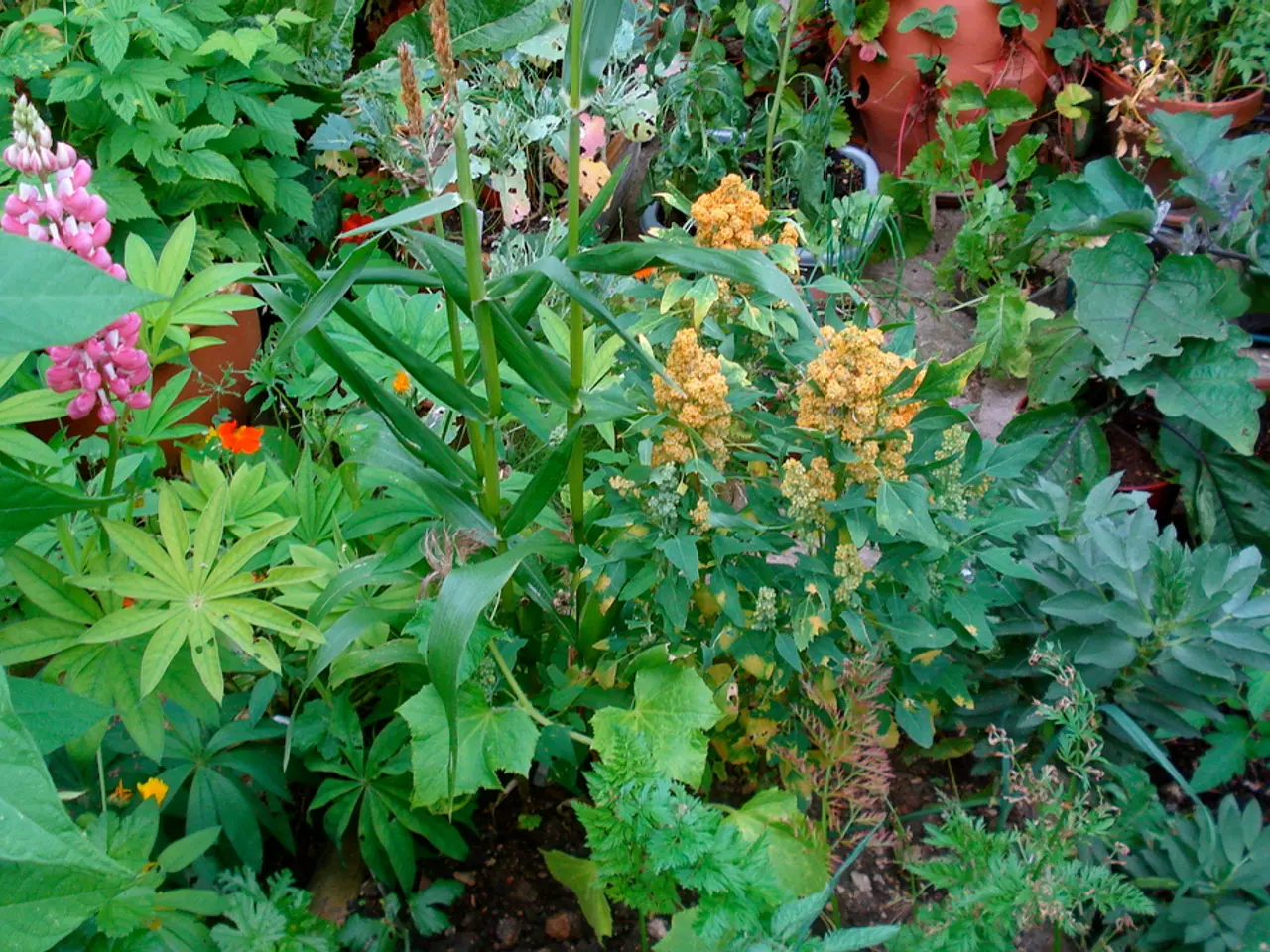Unveiling Botanical Knowledge via Bonsai: Pedagogical Insights
In the realm of horticulture, bonsai trees stand out as living sculptures that not only captivate the eye with their intricate shapes but also serve as a microcosm for plant science education.
These miniature trees, native to Japan, thrive in a temperature range of 65°F (18°C) to 75°F (24°C), although some species can tolerate temperatures as low as 50°F (10°C) or as high as 85°F (29°C). The secret to their success lies in their ability to adapt to environmental stressors, such as reduced transpiration rates, increased root growth, altered leaf structure, increased oxygen uptake, and altered root morphology.
One of the key principles that bonsai trees help illustrate is photosynthesis. By carefully trimming the leaves and branches, students can observe how this process affects the tree's vigor and development. Maintaining a bonsai involves encouraging bushier growth, which demonstrates the relationship between leaf area and photosynthetic capacity.
Transpiration, another fundamental plant science principle, is easily observable in bonsai due to their small size and limited soil volume. Students can measure water loss rates, monitor soil moisture, or observe leaf wilting to understand how water moves from roots to leaves and evaporates.
Nutrient uptake is another crucial aspect of plant science that bonsai trees help bring to life. Since bonsai trees are grown in limited soil, regular fertilization is essential for their health. Students can compare the growth and vitality of bonsai trees with and without fertilizer, thus exploring nutrient cycling in the soil media.
Hands-on activities, such as pruning leaves and branches, measuring water loss rates, applying balanced fertilizer, and observing nutrient impact on root and leaf health, provide students with a unique opportunity to directly observe and manipulate key physiological processes.
Bonsai trees also offer a chance to delve into the intricate web of relationships between plants, soil, water, and microorganisms. More than 90% of a plant's root system is colonized by microorganisms, which play a pivotal role in nutrient uptake, defending against pathogens, and modulating plant hormone signaling. Understanding these microbe-plant interactions is essential for creating a thriving ecosystem within the bonsai pot.
Urban air pollution mitigation is another benefit of bonsai trees. They absorb pollutants like particulate matter, ozone, and volatile organic compounds, improving local air quality. This makes bonsai an ideal subject for studying the impact of environmental factors on plant growth and development.
Caring for bonsai trees requires a deep understanding of their needs, including the importance of a healthy soil microbiome. A healthy soil microbiome enhances the bonsai tree's ability to absorb water and nutrients, increases its tolerance to stress, and boosts its immune system. Microorganisms in bonsai soil, such as bacteria and fungi, break down organic matter, fix nitrogen, and solubilize minerals.
In conclusion, bonsai trees offer a unique and engaging way to learn about plant science principles. Their confined root systems and precise care routines allow students to directly observe and manipulate key physiological processes in a controlled way. By fostering a deeper appreciation for the intricate web of relationships between plants, soil, water, and microorganisms, bonsai cultivation enriches one's understanding of the natural world.
Resources such as master gardener guidance on bonsai care and educational programs like bonsai workshops blend artistic design with horticultural science, further enhancing the learning experience. Whether grown indoors or outdoors, bonsai trees continue to captivate and educate, providing a tangible connection to the beauty and complexity of nature.
[1] Master Gardener Program. (n.d.). Bonsai Care. Retrieved from [URL] [2] The Bonsai Garden. (n.d.). Bonsai Workshops. Retrieved from [URL] [3] National Geographic Society. (n.d.). Bonsai Trees. Retrieved from [URL] [4] University of California, Davis. (n.d.). Bonsai and the Art of Patience. Retrieved from [URL] [4] Smithsonian Gardens. (n.d.). Bonsai: The Art of Patience. Retrieved from [URL]
- The study and care of bonsai trees can also extend beyond plant science, as they offer opportunities for health-and-wellness through the stress-relieving practice of pruning and shaping.
- Incorporating bonsai as part of an education-and-self-development program, students can learn about mental-health benefits associated with nature-based activities and hobbies, such as improved focus, reduced anxiety, and increased happiness.
- The intricate processes involved in bonsai cultivation can be metaphors for vital aspects of our own lives, such as patience, persistence, and the importance of understanding our own ecosystem, including the role of nutrition in our overall well-being.




